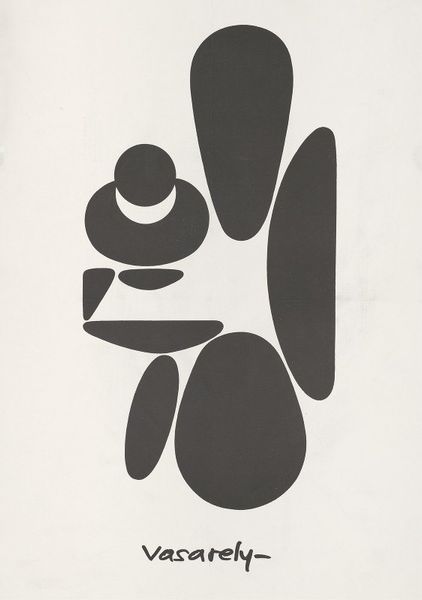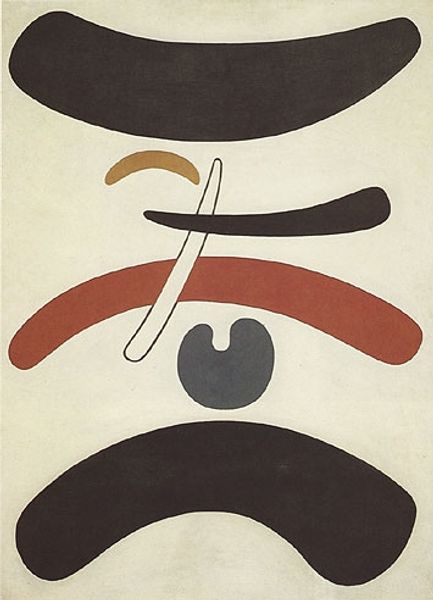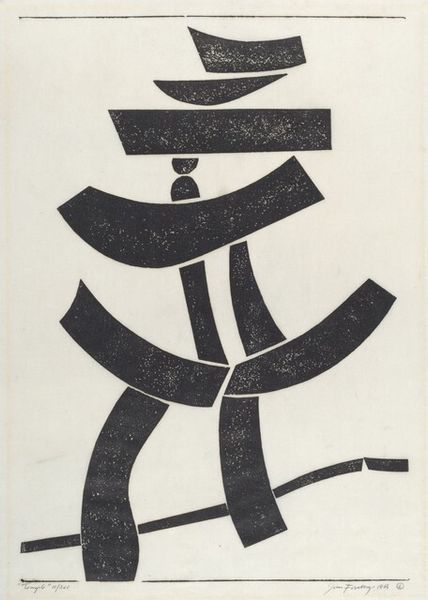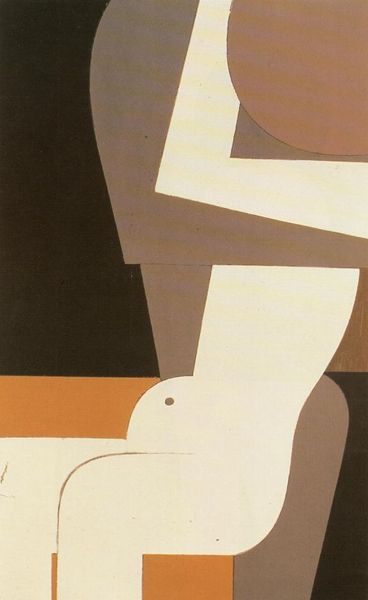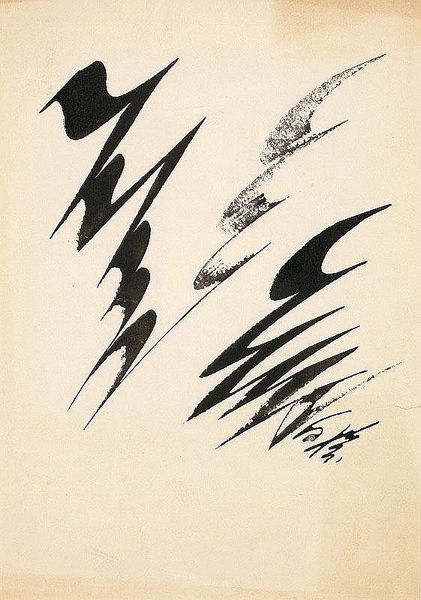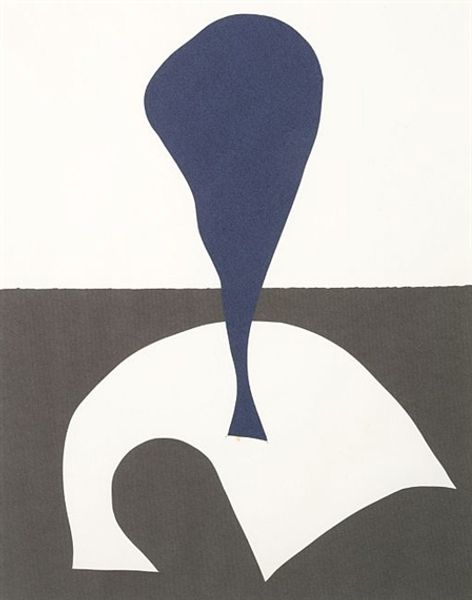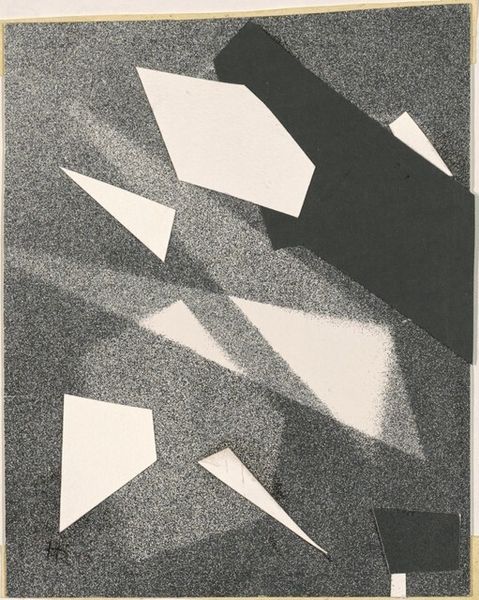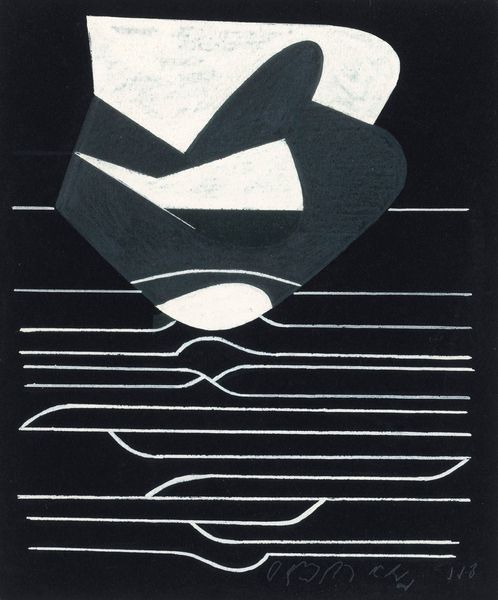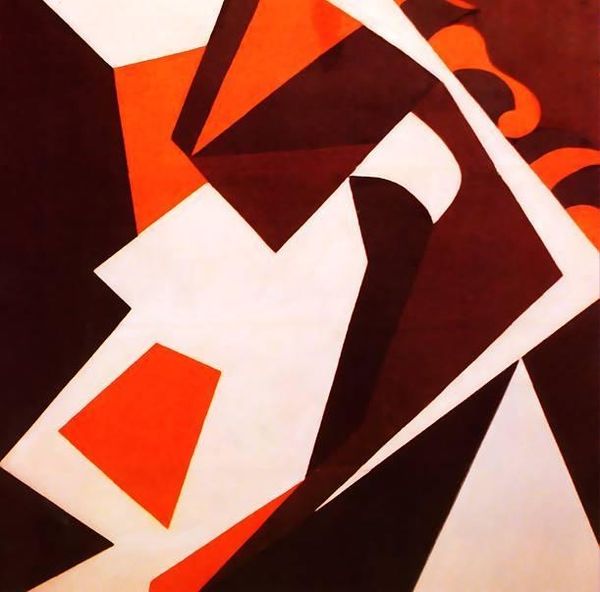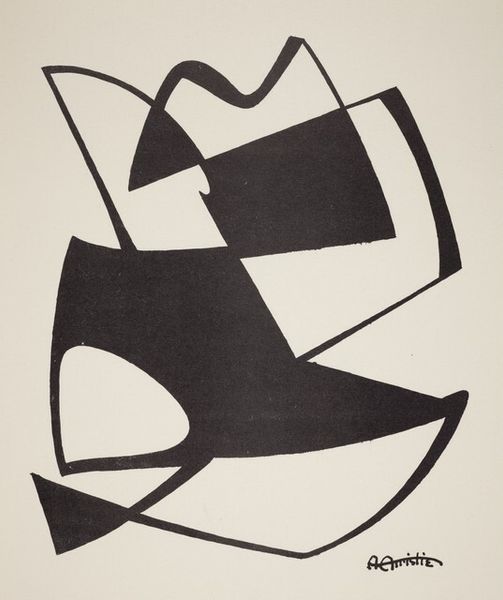
#
non-objective-art
#
geometric
#
geometric-abstraction
#
abstraction
#
line
#
bauhaus
Copyright: Willi Baumeister,Fair Use
Curator: Willi Baumeister's "Floating Forms with White," from 1938. What strikes you initially about it? Editor: It’s strikingly sparse. A handful of shapes, seemingly floating against the pale background. The texture makes me think of coarse paper, almost industrial. There's a real economy of means at play. Curator: Baumeister, influenced by the Bauhaus, always pursued simplification. It is no accident. He was actively interested in design's potential for broad social impact. Look how efficiently he communicates movement using only a few simple lines. Editor: Precisely. It begs the question, what materials did he use? Was it paint, or perhaps printed? Knowing that process can inform the intent. Curator: His materials and means of production do matter. Remember, it was painted during a politically turbulent time in Germany. Abstraction became a quiet form of resistance against Nazi artistic dogma. Geometric forms pushed back against enforced narratives. Editor: True, this artistic freedom has its own inherent materiality; using these simplified shapes challenges the prevailing art standards promoted under authoritarian regimes. Do you find his floating forms communicate tension or freedom? Curator: I read them as defiant. Considering his work was labeled "degenerate" and he was prohibited from exhibiting, it's easy to view these seemingly weightless shapes as attempts to transcend those very restrictions, culturally speaking. Editor: In the material sense as well as conceptually, this is how abstraction reclaims a space, a freedom to maneuver despite heavy weight placed on material choices. It makes one really consider all its processes. Curator: An excellent reminder that artistic "freedom" is also built on complex material circumstances. Baumeister cleverly turns constraint into opportunity. Editor: Precisely. These materials tell tales of defiance, but they echo deeper into production that is simple on its surface, but quite profound and complicated in context.
Comments
No comments
Be the first to comment and join the conversation on the ultimate creative platform.
